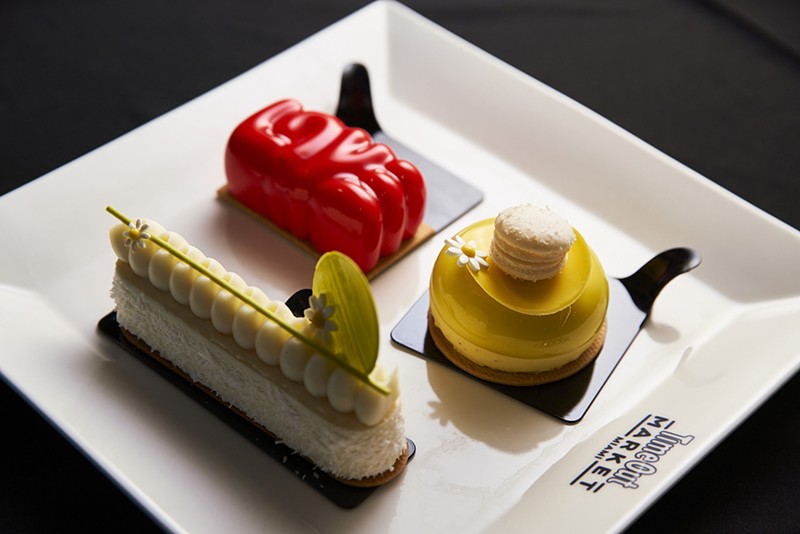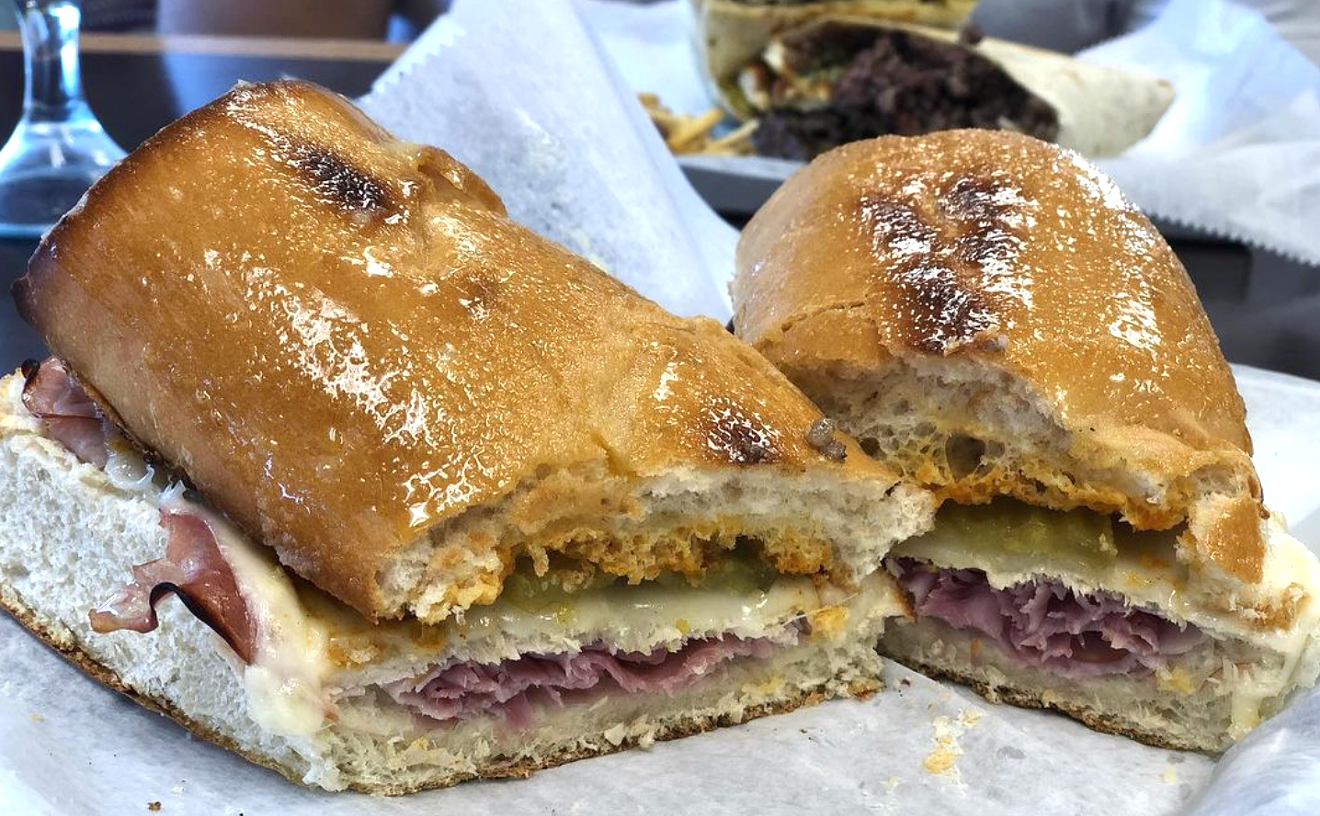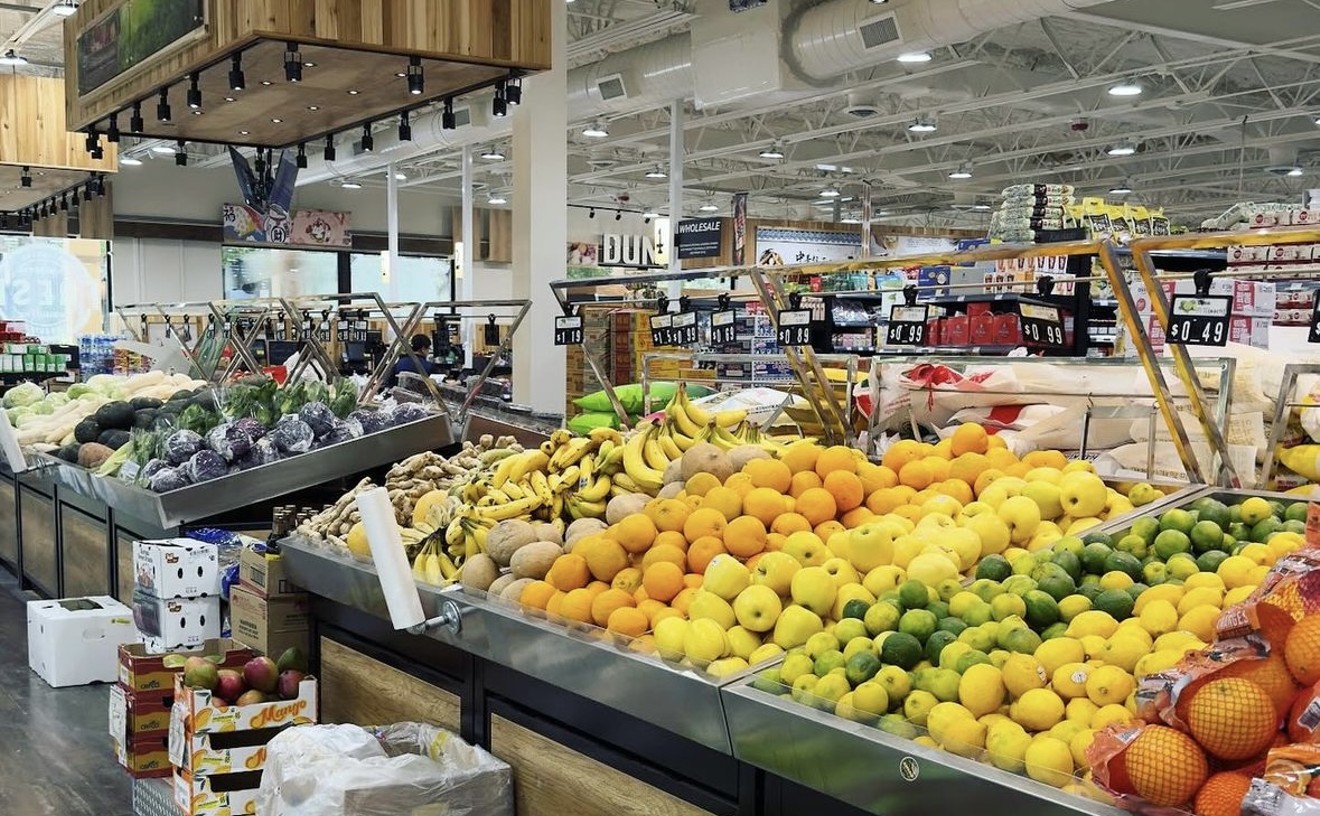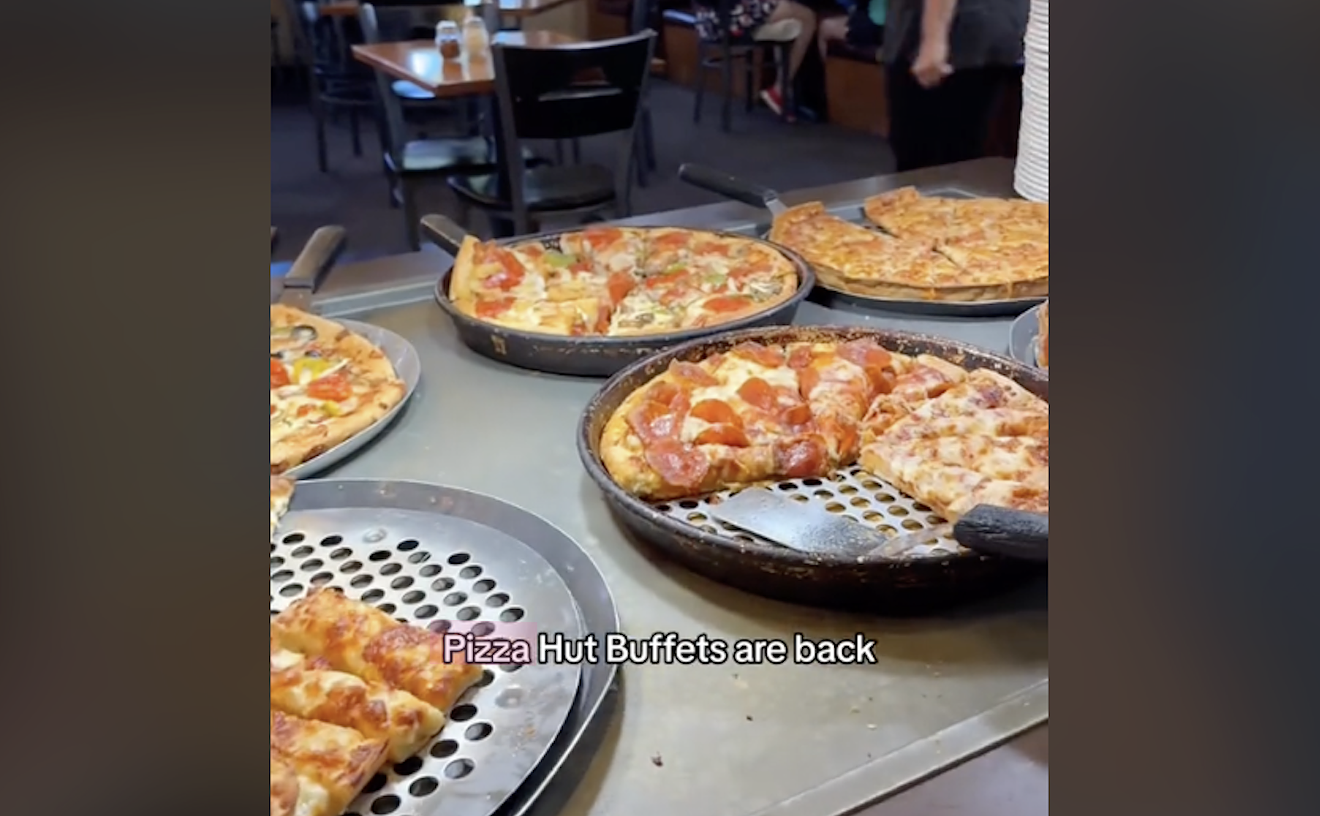Nearly a dozen food halls have been announced, opened, or closed (RIP, Jackson Hall; welcome, CentralFare) since the beginning of the food hall trend, but few have been as hyped or anticipated at Time Out Market Miami, which opened in early May with 18 of the city's best chefs and restaurants, including one chef-in-residence and three bars. America's first food hall from the media company, a followup to its epic Lisbon market, was announced in 2017 with a slate of some of the city's most recognizable (and mostly male) chefs.
Though the onslaught of food halls has left some fatigued by the more than one hundred vendors (if you group them all together), Time Out drew attention for a number of reasons. Its first market, in Portugal's capital, is a veritable wonderland built on the historic Mercado da Ribeira, which was first mentioned in literature as far back as the year 1100. Its adjacent produce and seafood market is a Willy Wonka's factory for the home cook and is such a citywide institution much of its best goods are sold out by midafternoon. Its vendors represent the very best the country offers, from Michelin-starred chefs to its beloved salt cod called bacalhau to the national treasure of a steak sandwich called the prego to seafood culled from the nearby Sea of Guincho.
Similarly, Miami's Time Out would be, in the same sense, an overwhelming flash of all of the city's gastronomic highlights. What's better is that it would be done on Lincoln Road, which over the years has become an insipid outdoor mall that draws throngs of tourists and seems to be increasingly unfriendly to locals. Is there really a reason to go other than Mitchell Kaplan's Books & Books, its attached café, and Shake Shack? Following the shuttering of the Hofbraü Beer Hall, the answer is most definitely no. As big-money interests continue to homogenize the once-eclectic promenade, Time Out Market and its chefs and cooks — some of whom would be hard-pressed to find the resources needed to open on Lincoln Road — is certainly a boon to the city overall. Now sun-scorched tourists who might never leave the beach have the chance to sample the cooking of Michael Beltran's Ariete, Cesar Zapata's pho-focused Phuc Yea spinoff Pho Mo, and Shuji Hiyakawa's precision sushi.
Snake your way among the long communal tables where everyone is eating to get an idea of what you'd like. Don't be afraid to inquire. Everyone is friendly.
tweet this
Though the place has been open only three weeks, it seems eating here requires the same care with which one would approach any other food hall. The marketing machine surrounding Time Out pushed an aggressive strategy for its launch that included inviting the food media for a tasting experience of all of its vendors with their chefs on hand. New Times eschewed the freebie not out of ironic spite, but in hopes of experiencing the market as a regular patron who might be able to handle (and afford, at about $20 each) only three or four plates.
The best piece of advice is to snake your way among the long communal tables where everyone is eating to get an idea of what you'd like. Don't be afraid to inquire about a particular dish — everyone is friendly. On a recent visit, among the most appealing plates were those from Michael Beltran's Leña, who's faithfully reproducing many of the greatest hits from his Coconut Grove spot Ariete, such as the pastrami short rib with shaved fennel caesar salad ($25).
Also beautiful, though seemingly underappreciated, were the charcuterie boards from Miami Smokers, which let you combine a bounty of cured meats ranging from saucisson sec and red wine salami to barbecued rilettes ($23 for five meats, $15 for three). Meanwhile, the trio of Vietnamese noodle soups at the Phuc Yea spinoff Pho Mo seemed to be the most popular dish in the house, and a large crew led by Zapata was perpetually pushing to turn out more than a dozen and a half bowls of soup, ranging from the classic pho bo ($15), anointed with fatty brisket and top round plus squeaky, addictive beef balls, to the delicate pho ga ($15), though no less assertive thanks to a slick of lemongrass chili oil.
At the far end of the cavernous room, Alberto Cabrera's Local Cuban was turning out familiar Cuban fare with interesting twists. Rabo encendido ($20) brought a trio of butter-soft oxtails perched atop a mound of boniato-plantain fufu topped with pikliz, peanuts, and herbs, creating a Vietnamese-like flavor profile. The arroz imperial ($18) was studded with duck ham and duck fricassee with a warm center slick of mayonnaise to tie together a bunch of toothsome rice. This writer shared his with a nice old Cuban man in a guayabera who apologized for being unable to speak English — a stroke a few years ago stripped him of the ability. Local Cuban also offers what's likely the food hall's best deal: a café cubano, brewed with local Per'La coffee, for a dollar.
New World cuisine founder Norman Van Aken has not one but two stalls, one specializing in pizza and the other centered on the plated dishes drawing from a global and tropical palette of ingredients. However, the duck meatballs ($18) were a let-down. Three small spheres were plunked into butter lettuce leaves and topped with finely diced papaya. There was none of the promised chicharrón dust (the best kind of dust), and overall the small portion for the high price and flat flavor was a disappointment. So too was Jeremy Ford's shaved rib-eye "krun-chi" bowl ($21), which was essentially a Korean bibimbap but with soggy, overcooked rice instead of crisped, toothsome grains, and a single leathery flap of overcooked meat.
Salt & Brine, a spinoff of Little Havana's Ella's Oyster Bar, presented what can only be described as a "Miami bro" lobster roll ($21) with plenty of the sweet crustacean tucked into a fluffy Cuban roll, slicked with toasted-sesame mayo and topped with potato sticks.
Vegetarians can find multiple options at Giorgio Rapicavoli's Eating House. A watermelon caprese salad ($14) with locally made burrata over melon squares and cucumber slices makes for a chill après-beach lunch. The chef's iconic version of a child's dirt cup dessert ($8) is also available.
A central bar slings cocktails for $11 — which, by South Beach standards, is reasonable. Soft drinks cost $4, but local beers such as Wynwood Brewing's La Rubia and the Tank's El Farito IPA are only $5 — as good excuse as any to opt for a brew instead of a Coke.
This is only a glimpse of what you'll find at the market. It would take multiple trips for a normal human to get a good taste of everything on offer. This writer? He's getting a Reuben sandwich ($15) from Stephen's Deli. The original in Hialeah was recently taken over by Matt Kuscher of Lokal, Vicky's House, and Kush, who kept longtime chef Junior Biggers onboard. The opportunity to sample food from some of the best restaurants Miami has produced in recent years, all in one place, is Time Out Market's greatest strength. Simply sample a few bites from some of the neighboring Lincoln Road restaurants and you'll soon realize how good you have it.
Time Out Market. 1601 Drexel Ave., Miami Beach; timeoutmarket.com/miami.















